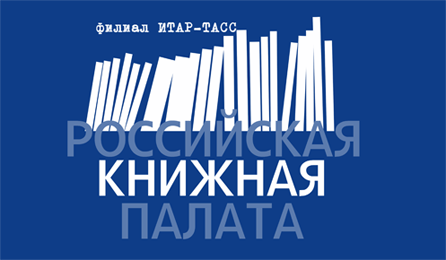Gordon A.V. The phenomenon of protest in peasant culture // The Russian Peasant Studies. 2023. V.8. №3. P. 6-26.
DOI: 10.22394/2500-1809-2023-8-3-6-26
Annotation
The article considers peasant protests as a form of the peasantry’s life activity in pre-capitalist class societies, which is not adequately interpreted in popular approaches that emphasize the antagonistic nature of such societies, ignore the possibilities of non-antagonistic interaction of social subjects, absolutize the factor of cruel exploitation of peasants, ignoring the certain success of their resistance. Features of peasant protest are determined by the nature of the peasantry as a social community both autonomous and dependent on macro-social environment (‘part-society, part-culture’, according to A. Kreber, R. Redfield). The combination of autonomy and dependence developed in ancient times as a part of the worldview of primitive agricultural societies. Anthropologists consider the so-called gift-exchange relations of such societies with powerful external forces, whose favor was achieved in exchange for a certain part of peasant produce. The mythologeme of a peculiar balance of services according to the ancient principle of do ut des was preserved by the so-called patriarchal worldview in class societies, while the balance was maintained by the everyday peasant resistance to the excessive seizure of their produce and to the gross personal oppression. Such resistance, conceptualized by J. Scott as ‘weapons of the weak’, implied sabotage of landlords’ orders, their untimely or improper execution, theft or damage of masters’ property. An open fight or rebellion meant the exhaustion of the potential for nonviolent resistance. Protesters sought to restore what they considered to be a just order with extreme forms of disobedience: from plowing masters’ land and cutting down forests to direct vandalism and looting, including plundering masters’ property, setting fire to homesteads, mocking or even killing masters and those representing for peasants the order they hated. The highest form of traditional social protest — peasant wars — led to devastation of entire regions and numerous casualties. However, given the power of their traditional worldview, peasants wanted to replace the ruler who had lost legitimacy but not to destroy social hierarchy — in order to restore the autonomy of the communal order and the rights to manage land. Peasant revolutionary ideas were the result of the destruction of the traditional worldview which was undermined by the introduction of egalitarian, socialist, and anarchist ideologemes ‘from outside’.
Keywords
Peasant movement, peasant culture, peasant war, social protest, nonviolent resistance, rebellion, revolution in Russia, V. I. Lenin.
About the author
Gordon Alexander V., DSc (History), Chief Researcher, Institute of Scientific Information for Social Sciences, Russian Academy of Sciences, Nakhimovsky prosp., 51/21, Moscow, 117418, Russia.
E-mail: This email address is being protected from spambots. You need JavaScript enabled to view it.
Kim Chang Jin. Korean modernization and peasant mobilization in the 1960s and 1970s // The Russian Peasant Studies. 2020. V.5. №3. P. 109-130.
DOI: 10.22394/2500-1809-2020-5-3-109-130
Annotation
In the contemporary world history, rural communities and small producers did not naturally disappear due to the loss of economic competitiveness, but were artificially constrained and destroyed by the state laws, institutions, and policies. South Korea, which is considered a representative success case of the late capitalist industrialization after the World War II, can be an important example to examine the relevance of this challenging perspective. Korea’s economic success was largely determined by the NACF (National Agricultural Cooperatives Federation) lack of integrity: it was to be a voluntary and autonomous organization of farmers, but became a subordinate partner of the agricultural policy of the military government. The Saemaul (New Country) Movement developed by the government to promote rural innovations actually accelerated the decline of agriculture for it was used to control farmers. In the 1960s and 1970s, the Korean rural society was deeply dependent on the state power. At the same time, the farmers resistance developed as a reaction to the military government policies, and the NACF became the target of the farmers collective resistance movement. Thus, under the Park Chung Hee’s regime, Korean farmers were to participate in the national economy and become a part of the mandatory social-economic movement; however, they never managed to achieve a true class/collective political representation.
Keywords
Korean modernization, peasant mobilization, Park Chung Hee’s regime, NACF, Saemaul Movement, peasant movement, state power, autonomous modernization power
About the author
Kim Chang Jin, DSc (Political Science), Professor, Sungkonghoe University. 320, Yeondong-ro, Guro-gu, Seoul, 08359, South Korea.
E-mail: This email address is being protected from spambots. You need JavaScript enabled to view it.





















